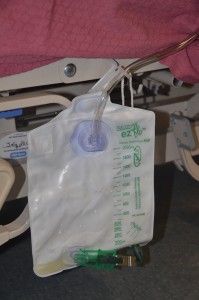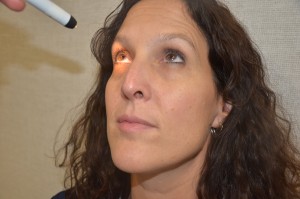
This chapter will provide information on the importance of a comprehensive health assessment, the variations of a comprehensive assessments, and a checklist in performing a head-to-toe physical assessment. Learning exercises are included to allow the learner to check and apply knowledge learned.
A comprehensive health assessment involves collection of subjective and objective data regarding the patient’s health. A health history is obtained, followed by a head to toe assessment. The nurse will vary the comprehensive assessment depending on clinical situations:
Exercises: Review of previous concept(s)
Definition of health assessment ( subjective and objective data)
Type your exercises here.
The head-to-toe assessment includes all the body systems, and the findings will inform the health care professional on the patient’s overall condition. Any unusual findings should be followed up with a focused assessment specific to the affected body system. The patient may obtain a health history before the physical examination.
A physical examination involves collecting objective data using the techniques of inspection, palpation, percussion, and auscultation as appropriate (Wilson & Giddens, 2013). A head-to-toe examination checklist is presented below, but expect variations according to different facility policies on performing various types of comprehensive health assessment:
2. Skin, hair, and nails:
This is not a necessarily confined to step 2. Evaluating the skin, hair, and nails is an ongoing element of a full body assessment as you work through steps 3-9.
Redness of the skin at pressure areas such as heels, elbows, buttocks, and hips indicates the need to reassess patient’s need for position changes.
Unilateral edema may indicate a local or peripheral cause, whereas bilateral-pitting edema usually indicates cardiac or kidney failure.
Slow pupillary reaction to light or unequal reactions bilaterally may indicate neurological impairment.

Dry mucous membranes indicate decreased hydration.
Use of accessory muscles may indicate acute airway obstruction or massive atelectasis.
Jugular distension of more than 3 cm above the sternal angle while the patient is at 45º may indicate cardiac failure.
The presence of crackles or wheezing must be further assessed, documented, and reported. Unusual findings should be followed up with a focused respiratory assessment.
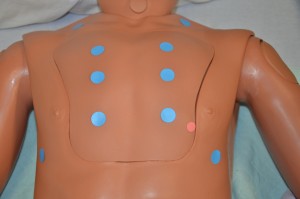
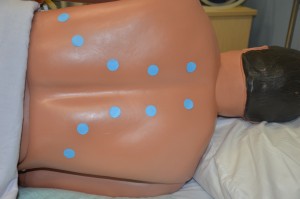
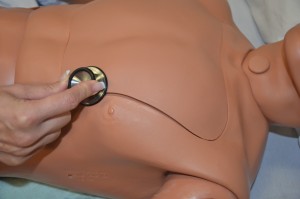
Hyperactive bowel sounds may indicate bowel obstruction, gastroenteritis, or subsiding paralytic ileum.
Hypoactive or absent bowel sounds may be present after abdominal surgery, or with peritonitis or paralytic ileus.
Pain and tenderness may indicate underlying inflammatory conditions such as peritonitis.
Unusual findings in urine output may indicate compromised urinary function. Follow up with a focused gastrointestinal and genitourinary assessment.
Unusual findings with bowel movements should be followed up with a focused gastrointestinal and genitourinary assessment.
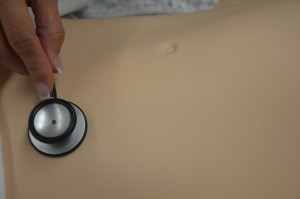
Palpate pulses for symmetry in rate and rhythm. Asymmetry may indicate cardiovascular conditions or post-surgical complications.
Unequal handgrip and/or foot strength may indicate underlying conditions, injury, or post-surgical complications.
CWMS: colour, warmth, movement, and sensation of the hands and feet should be checked and compared to determine adequacy of perfusion.
Check skin integrity and pressure areas, and ensure follow-up and in-depth assessment of patient mobility and need for regular changes in position.
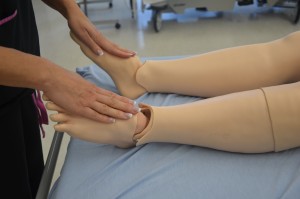
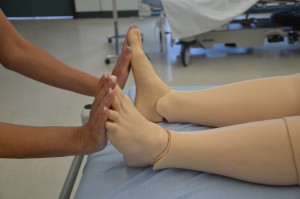

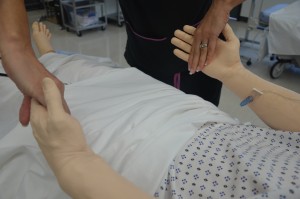
Palpate and inspect capillary refill and report if more than 3 seconds.
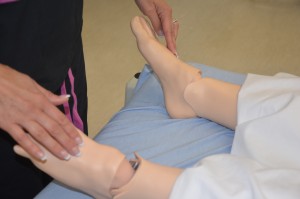
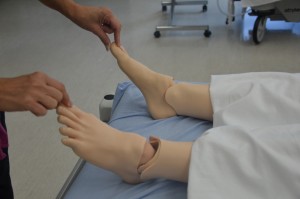
To check capillary refill, depress the nail edge to cause blanching and then release. Colour should return to the nail instantly or in less than 3 seconds. If it takes longer, this suggests decreased peripheral perfusion and may indicate cardiovascular or respiratory dysfunction. Unusual findings should be followed up with a focused cardiovascular assessment.
